
Mahindra BE 6 Launched: Price For The Top-spec Variant Is Out!
- Jan 7, 2025
- Views : 5380

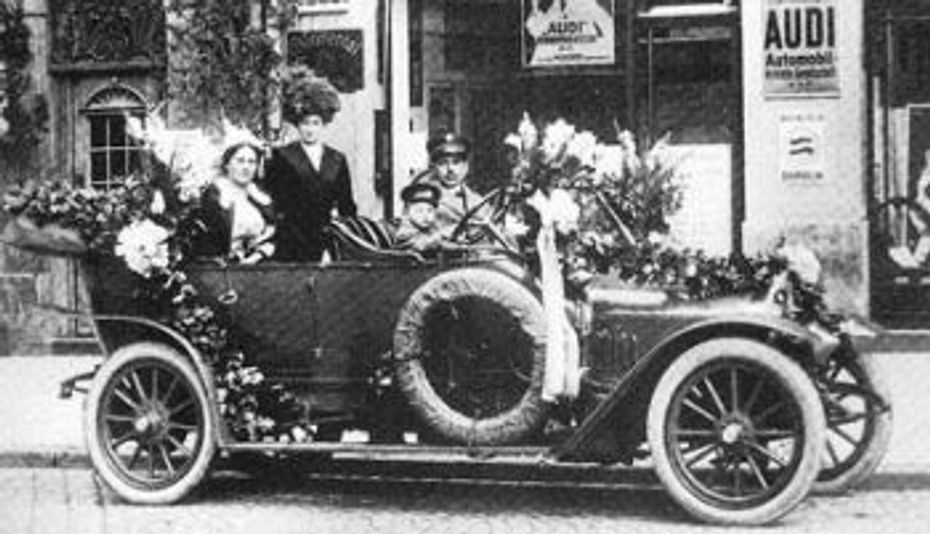
Last week, July 16 to be exact, was a major day for aficionados of the cars sporting the four rings symbol. It was on this day a hundred years ago that August Horch formed the company which was a Latinized version of his Germanic name. Horch who had worked on engine design and construction at Carl Benz Cie in Mannheim was ambitious enough to graduate into a full fledged car maker in his own right. He set up Horch & Cie. Motorwagen Werke at Cologne on November 14, 1899 and this firm later relocated to Zwickau in 1904. Having gone public, the firm however parted with its founder due to differences of opinion with the board of management.
Horch was however far from despondent. He immediately established a second car company at Zwickau and since his surname was a registered brand name owned by his former company, he chose its Latin translation as the name for his new venture. Horch, pronounced "hark" became Audi and the world first came to know of this brand on July 16, 1909.
It was tough going for the fledgling brand but right from its inception, August Horch used motor sport to push the brand in the eyes of his customers. His cars made a mark notably in the Austrian Alpine Runs between 1911 and 1914 and one of his winning cars, the Type C 14/35 HP was acknowledged as the "Alpine Conqueror." Following cessation of hostilities in 1918, Horch left the firm, moving to Berlin where he set up an automotive consultancy.
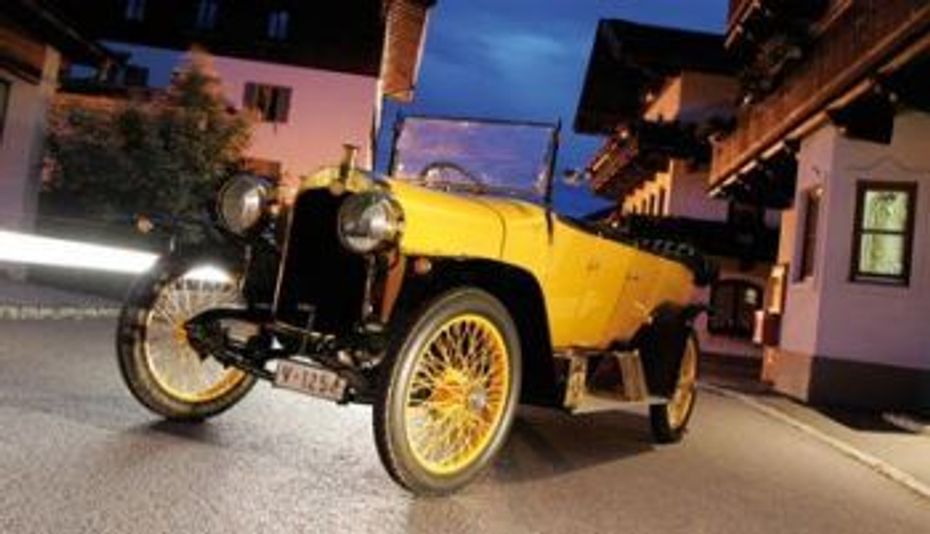
Audi however was already making its mark with innovation combined with technology. In 1921 Audiwerke AG unveiled Germany's first ever car with left hand drive - the 14/50 HP Type K. The Type M followed two years later powered by a six-cylinder engine and in 1927 came the Audi Imperator, with the firm's first eight cylinder motor under its hood.
The Great Depression was just setting in and in this period of uncertainty, Jorgen Skafte Rasmussen, owner of Zschopauer Motorenwerke which also made bikes under the DKW brand name acquired control of Audi. At about this time sales of six and eight cylinder cars plummeted dramatically so Rasmussen commissioned Audi to develop a small DKW-branded car with front wheel drive. This appeared in 1931 followed by four other DKW models and from there on the marques stabilized.
Auto Union emerges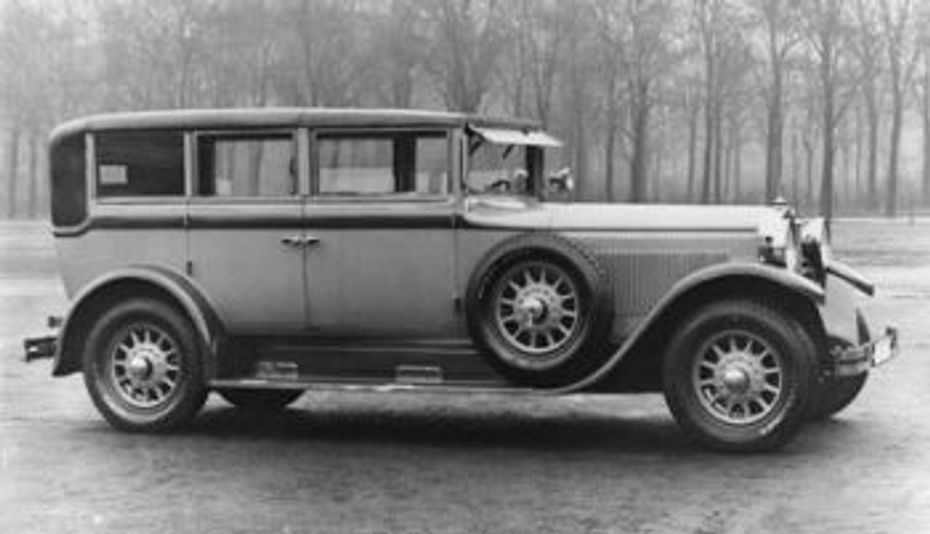
However by this time the global economy was telling majorly on independent car firms and on the behest of the State Bank of Saxony, Audi and DKW merged with Horch and Wanderer (the firm credited with perfecting the concept and configuration of the modern day motorcycle) to create a colossus which went by the name of Auto Union. This was at one time in the 1930s, the second largest automotive firm in Germany and it continued to display its engineering flair along with practicality all across the automotive spectrum.
While a range of front wheel drive Audis, DKWs and Wanderers continued to pile on the numbers, Horch went on to create some of the most exquisite high end vehicles which in their prime rivaled not just the Mercedes-Benz but also Rolls-Royce. And of course there were the Ferdinand Porsche designed rear-engined Auto Union Grand Prix cars. These mighty machines with large V16 engines at the rear epitomized the ingenuity and capability of the firm as it fought Mercedes-Benz, Alfa Romeo, Bugatti, Talbot-Lago, Delahaye, Delage and others on the classic Grand Prix circuits in Europe.
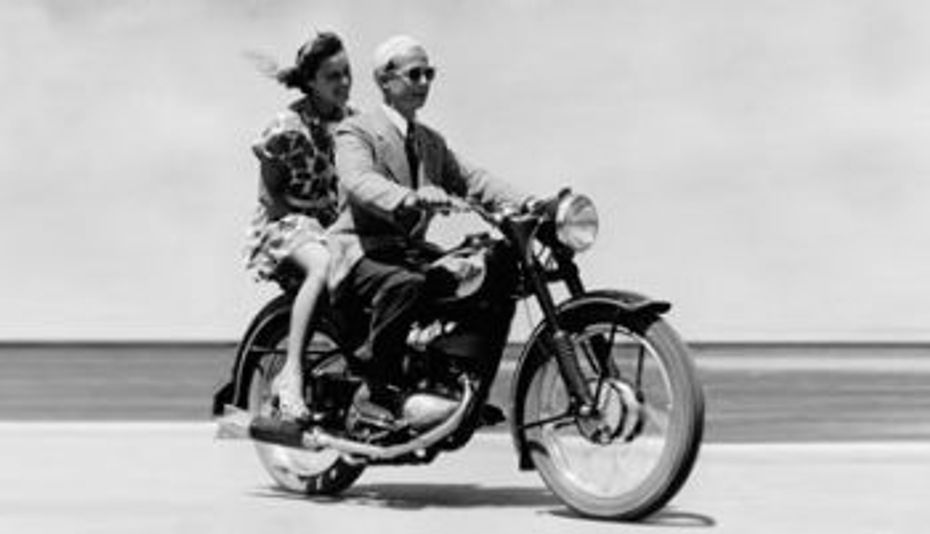
The Chemnitz works were virtually reduced to rubble during WW II as they were closer to the Russian border and that was one of the reasons why Mercedes-Benz could restart operations sooner in 1945. However the company was re-established again in September 1949 by relocating to Ingolstadt which has remained as its HQ and nerve centre to this day. The first products after WW II to sport the four rings badge were DKW cars and bikes with two-stroke engines. Investor Friedrich Flick who had acquired a controlling share of the company was eager to see Auto Union acquire a strong partner who would help rebuild the firm to its former glory.
This caused the unthinkable: in 1958 none other than Daimler-Benz took 88 per cent shares in the firm to become a Mercedes-Benz subsidiary! This was significant because the Daimler-Benz board gave the green light for the first four-stroke engine to power an Auto Union product in the modern era! This vehicle came to be known as the Auto Union "Audi Type" and carried no further model designation. This car was an outstanding success, remaining in production till 1972.
The birth of Audi as we know it
However, there were yet more ownership trials and tribulations for the brand and with Auto Union not exactly fitting into the three-pointed star's portfolio, it off-loaded its shares to Volkswagen AG. This firm based in Wolfsburg wanted to use the Ingolstadt facility to make more and more of its iconic Beetle and forbade any further development of Auto Union cars.
However that spunky entrepreneurial attitude so very typical of Audi surfaced again. Ludwig Kraus, the man put at the helm of Audi by Daimler-Benz continued to develop an all new car on the quiet. It was way too good to be suppressed and the VW management signed it for series production. Thus was born, on November 1968, the highly successful Audi 100, a car which shook off its DKW roots and signaled Audi's intent to strike a whole new approach to the automotive business.
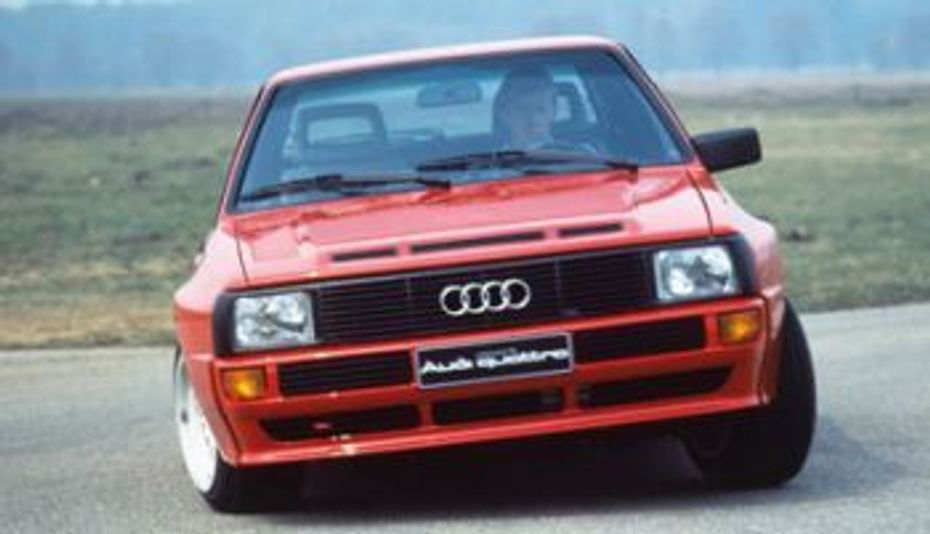
If Ludwig Kraus was great, then his successor was phenomenal for the company. Ferdinand Piech, grandson of Ferdinand Porsche was made the Head of Technical Development at Audi in 1974 and from then on the Ingolstadt firm has set the automotive world alight as a maker of highly innovative cars. The famed "Quattro" all wheel drive, the advent of the TDI engines including the memorable five-cylinder inline versions in the early Quattros come to mind quite easily.
And from there on the world is witness to not just Audi's genius but also that of Piech who has transformed Audi and its owner VW into probably the one automotive combine which is surely destined to become the most dominant player in the automotive world. Audi continues to innovate constantly even to this day: fully galvanized bodies, the most aerodynamic production saloons in the world, petrol direct injection, massively powerful and silky smooth large V8 and W12 engines powering not just sports cars like the stunning R8 but also Mercedes-rivalling prestige saloons like the A8. And of course a string of successes at the Le Mans 24 Hours endurance classic. Armed with this impressive roster, Audi's step into its second century of operations is far more promising than when August Horch started in 1909! It is a given that Vorsprung durch Technik is what will propel and guide Audi excitingly in the years to come.

Mahindra BE 6 Launched: Price For The Top-spec Variant Is Out!

JSW MG Motor India Revealed Their New SUV, The MG Majestor At Auto...

Auto Expo 2025: Tata Sierra ICE Concept Breaks Cover, All Details...

VinFast VF3 vs MG Comet EV: A Detailed Comparison Of The Two Cute And...

Budget 2025: More Fuel For Your Auto Dreams?

Here’s A List Of All Cars That Will Be Coming To The Auto Expo...

The Story Of Tata Sierra: An Icon India Missed And Now Eagerly Awaits

2025 Tata Nexon Introduced With 3 New Variants And 2 New Colours

Vayve Eva Vs VinFast VF3: Specifications, Powertrain, And Features...
India's largest automotive community
 Rolls Royce Ghost Series II
Rs. 10.19 Crore
Rolls Royce Ghost Series II
Rs. 10.19 Crore
 Kia Syros
Rs. 8.99 Lakh
Kia Syros
Rs. 8.99 Lakh
 Vayve Mobility Eva
Rs. 3.25 Lakh
Vayve Mobility Eva
Rs. 3.25 Lakh
 BMW X3
Rs. 75.80 Lakh
BMW X3
Rs. 75.80 Lakh
 Hyundai Creta Electric
Rs. 17.99 Lakh
Hyundai Creta Electric
Rs. 17.99 Lakh